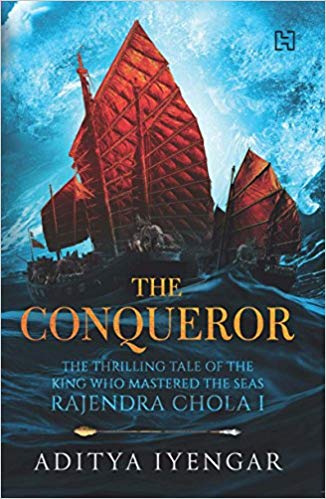At the end of the book, Iyengar singles out one person from among the publishing staff for special thanks for having encouraged him to switch from ‘myth-fiction’ to historical fiction. All those who read this novel and are familiar with Iyengar’s earlier work will want to do that after reading this book. Without going into details, this switch has made the book easier to read, less laboured than his earlier work. There may be, and very likely are, many reasons for this but the one that’s most obvious is his ease with the language.
Aditya Iyengar is one of the most skilful writers of English I have come across. One can be unkind and say that it is because his peers excel in clunky, ponderous English with clichés in virtually every line, but doesn’t have to say it, because his skill with the language stands out even without comparisons. It is easy, interestingly put together by someone who knows what he is doing. The result is that this book is an easy, interesting read, and one you don’t feel like putting down, not because of its plot or its characters but because it reads so well.
Having said that, though, one has to add that, as one reads it, what becomes distressingly clear is that there is no structure to the book. The author probably thinks he has been very clever in shifting the narrative between the account dictated by the imprisoned King Sangram Vijayatunggavarman of the kingdom of Srivijaya to a scribe (being convinced he is to be executed the next morning) and the account of what happens to his queen and daughter after the destruction of his city by the navy and armed forces of the Cholas from the kingdom of Chola Nadu in the great landmass then called Jambudwipa or, by some as Bharatvarsha.

